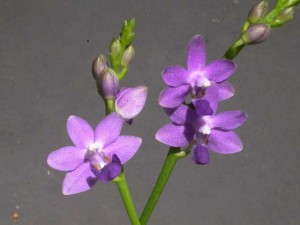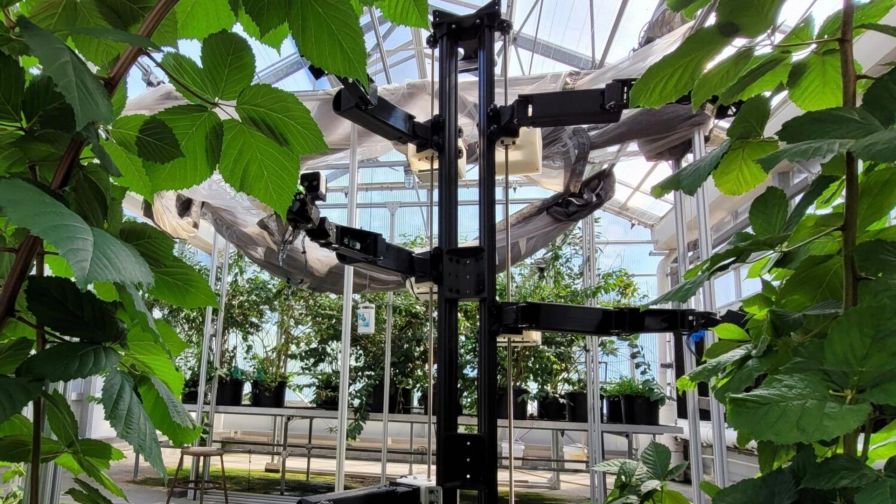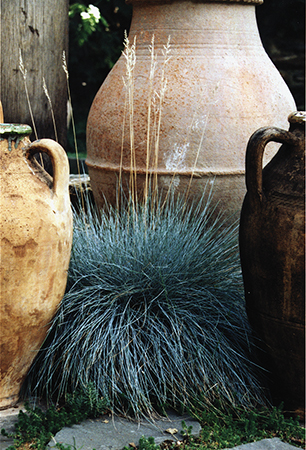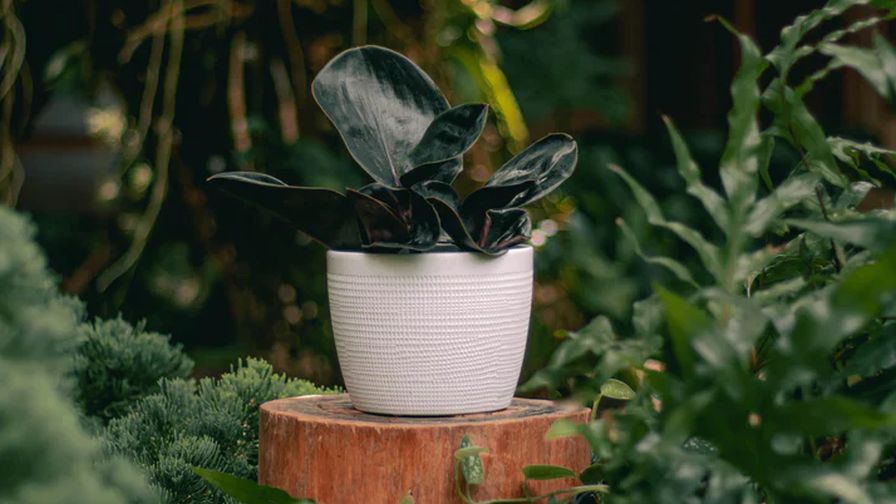Genetic Modification Produces True Blue Orchid

Doritaenopsis ‘Kenneth Schubert’
Photo courtesy of Peter Lin
Decades ago, research on creating a blue rose was a hot topic around the world. After years of tireless efforts and millions in research spending, it became a reality. What happened after its creation is still a mystery to me. We have yet to see a single blue rose cut flower for sale in a floral shop or at grocery stores.
“Blue roses are not popular in Japan, not only due to the high price, but also for the reason that many people think roses must be red or pink because roses mean love,” says Dr. Weiting Tsai, a phalaenopsis breeder and researcher at the Floriculture Research Center in Taiwan.
Dyed Orchids Will Rebloom White
Over the last several decades, a blue orchid has been the dream of many orchid hobbyists. At orchid shows around the world, one would often hear people admiring some orchids and saying, “This is really blue!” However, what orchid hobbyists call “blue” is always a shade of purple or lavender. Doritaenopsis ‘Kenneth Shubert’ is a good example. There is a blue vanda, but there was no true blue phalaenopsis.
Then, there came the ‘Blue Mystique’ phalaenopsis. The blue flowers are the result of dyeing. Dyeing can be done easily with the cut phalaenopsis flowers, which can be made into any solid color of choice. It is more difficult with flowers on intact plants.
Phalaenopsis roots do not absorb dye that is added to the growing medium. The dye can be sent to the flowers and buds through a passive or an active process. If one would take a close look at the lower end of a spike on an intact, dyed phalaenopsis, one would see a hole where a water solution containing the dye was infused into the flowering stem (the passive process). If one uses the active process, the dye is taken up more quickly by the unopened flower buds than the flowers that are already opened, but dyeing the vascular tissues in the flowers creates a “striping” effect.
By either means, the water-soluble dye goes up with the water stream in the xylem tissues. The shortcoming of the dyed live phalaenopsis is that, when the remaining buds open, the new flowers are often much lighter in color or may even be a solid white. Of course, when the plants re-bloom from the new spikes, all flowers are white.
Truly Blue Orchids Are On Their Way To The Market
At the 11th Asian Pacific Orchid Conference held in Okinawa, Japan, in early February 2013, several blooming phalaenopsis plants with solid blue flowers were on exhibit, secured inside Plexiglas boxes. These are the real true blue orchids that were created by the research team of Dr. Masahiro Mii at Chiba University, Japan, using a gene that is discovered in Commelina communis and patented by Ichihara Sangyo Co.
This flavonoid 3’,5’-hydroxylase gene is incorporated into the phalaenopsis genome and expressed in the flowers to produce delphinidin, a blue anthocyanin pigment that is also in the flowers of delphinium (larkspur). The flowers are on the small side (5 centimeters) as a result of the phalaenopsis ‘Wedding Promenade’ parent to which the novel gene was added. Despite the fact that flowers on some plants are peloric, it is a giant step toward adding more colors to this popular flower.
For Plant Enthusiasts, Blue Orchids Are The New Blue Rose
To the consumers, blue flowers are something that is unique and uncommon. We need to learn whether there will be a sustained interest in purchasing the true blue phalaenopsis. Cut phalaenopsis sprays that are dyed into a solid blue or yellow only last for about one week. But, florists who do weddings and events say that is long enough. Hopefully, if and when this new blue phalaenopsis hits the market, consumers would find its flowers lasting for months.
One thing is for sure — if and when it does hit the market, many hobby phalaenopsis breeders would waste no time to use it to create new hybrids with novel colors, whether it is legal or not. However, this blue phalaenopsis is a triploid (having three sets of chromosomes), meaning it may not breed until its chromosomes are doubled to become a hexaploid.









